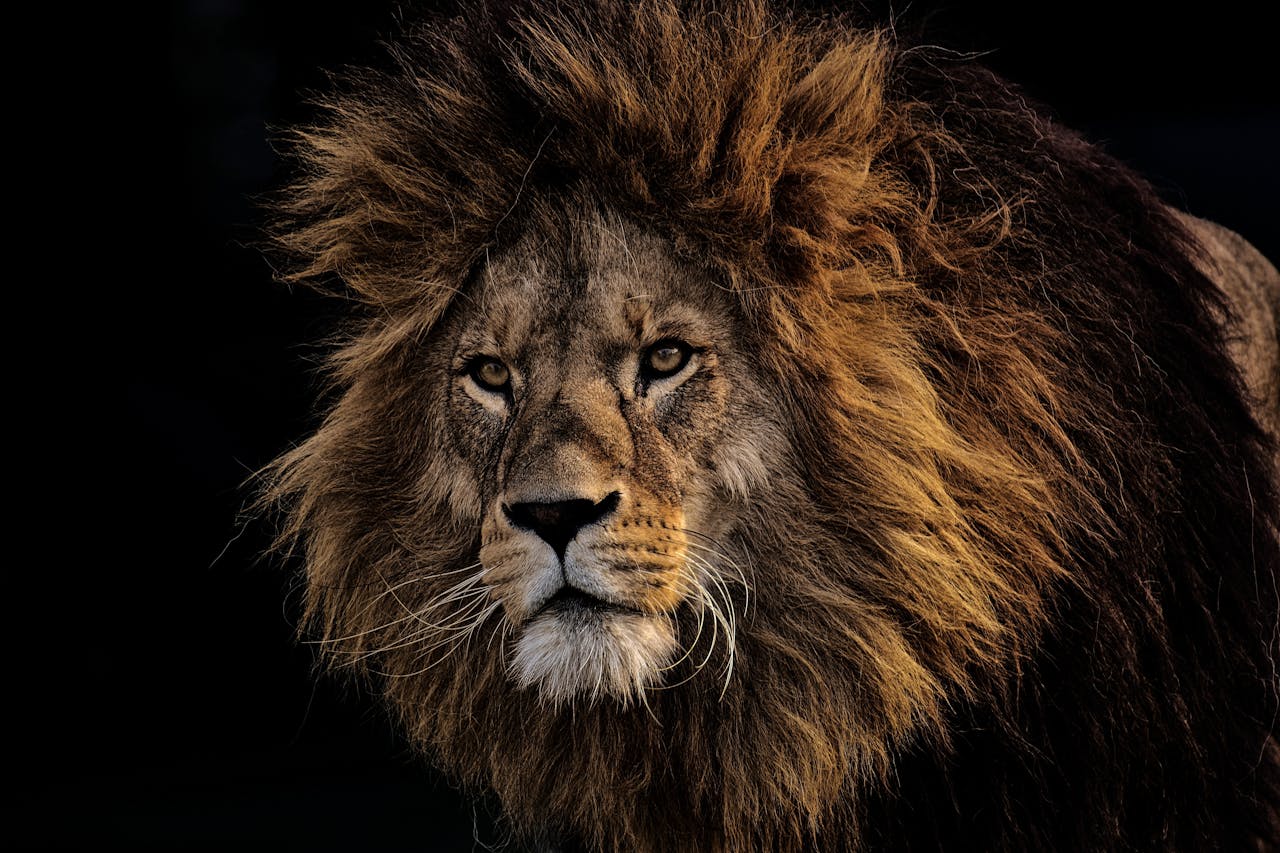The illegal wildlife trade is a serious problem. It’s when people break the rules by buying or selling wild animals or their parts. But it’s more than just breaking the law; it’s risking the extinction of many animal species forever.
The Size of the Problem
When we talk about the scale of illegal wildlife trade, we’re looking at how widespread it is, who’s involved, and how it’s harming endangered animals like tigers, rhinos, and elephants. It’s like trying to solve a puzzle to figure out who’s causing harm to these magnificent creatures.
The Risks Involved
Illegal wildlife trade causes three main types of problems:
- It harms animals and plants, sometimes causing them to vanish forever.
- It damages economies and can lead to job losses.
- It creates conflicts in communities and can make places less safe to live.
Endangered Species at Risk
Let’s see how illegal trade affects specific endangered animals:
Tigers: Poachers are killing tigers for their fur and body parts, driving them closer to extinction.
Rhinos: People hunt rhinos for their horns, which are sought after for traditional medicine and show-off purposes.
Elephants: They’re hunted for their ivory tusks, which are used to make expensive items, leading to a decline in elephant populations.
What’s Behind It?
People engage in illegal wildlife trade for a few main reasons:
Some believe animal parts can cure health issues, so they buy them for traditional medicine.
Others want exotic pets, so they acquire rare animals illegally.
Some view owning rare animal products as a symbol of wealth, so they purchase them to show off.
These demands fuel illegal wildlife trade, putting many species at risk.
Legal Frameworks and Global Efforts
To combat illegal trade, countries abide by rules and agreements. One crucial agreement is called CITES, which helps countries collaborate to regulate and monitor the trade of endangered species worldwide. Countries also have their own laws to safeguard wildlife within their borders, but enforcing these laws can be challenging due to issues like lack of resources or corruption.
Despite challenges, there have been successes in curbing illegal wildlife trade through improved enforcement and international cooperation.
Innovative Solutions and Conservation Efforts
Various approaches are being explored to protect endangered animals:
Community-Based Conservation Programs involve locals teaming up to safeguard wildlife and habitats.
Technology like drones and GPS trackers aids in catching wildlife criminals.
Public awareness campaigns aim to educate people about wildlife conservation and garner support for initiatives to save endangered species.
The Role of Individuals
Each of us plays a vital role in protecting endangered species:
By making responsible choices when purchasing products, we can decrease the demand for illegally traded wildlife.
Supporting ethical wildlife tourism means opting for activities that don’t harm animals or their habitats.
Advocating for policies and laws that protect wildlife and engaging in activism can raise awareness and push governments to take action against illegal wildlife trade.

